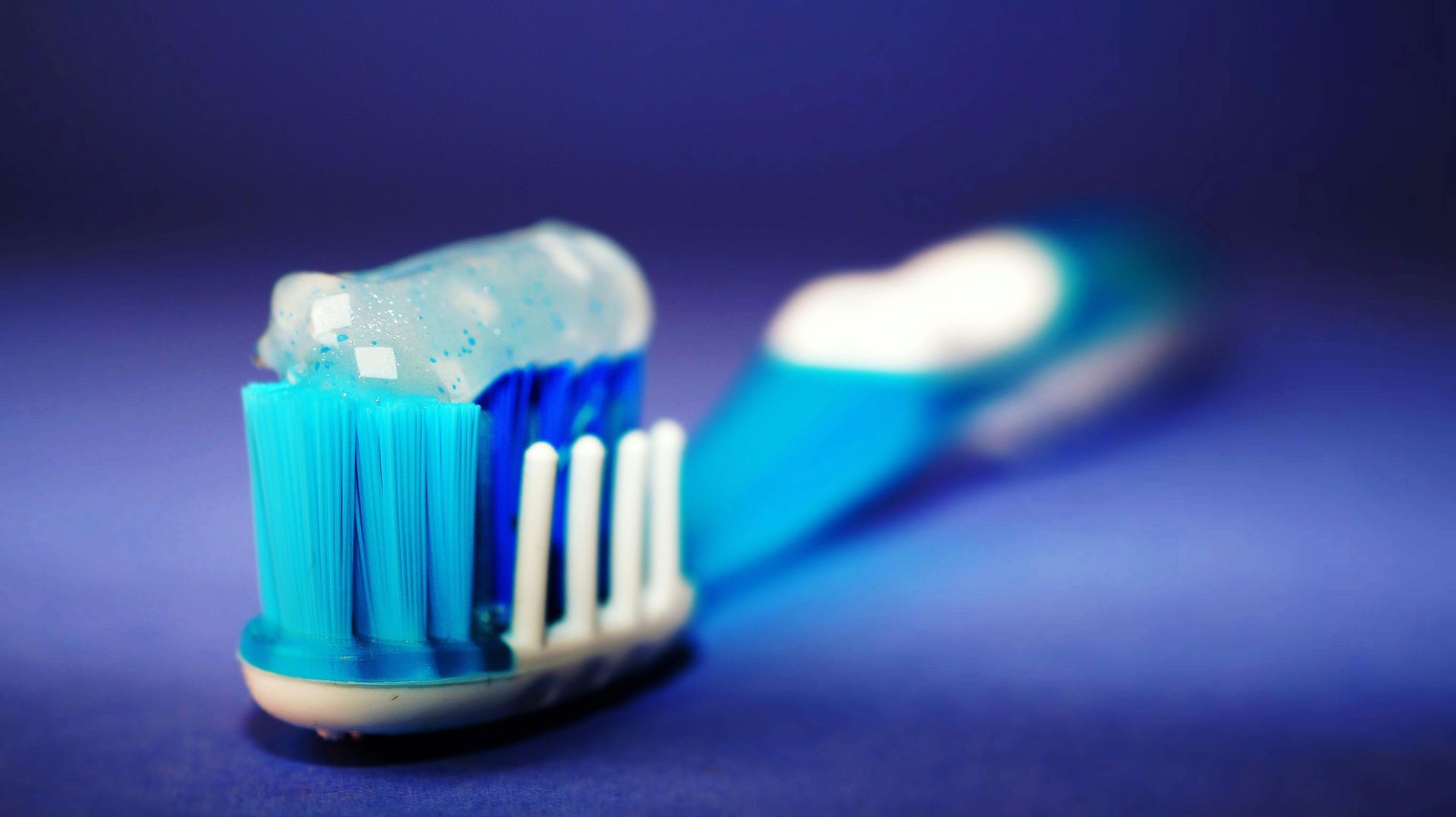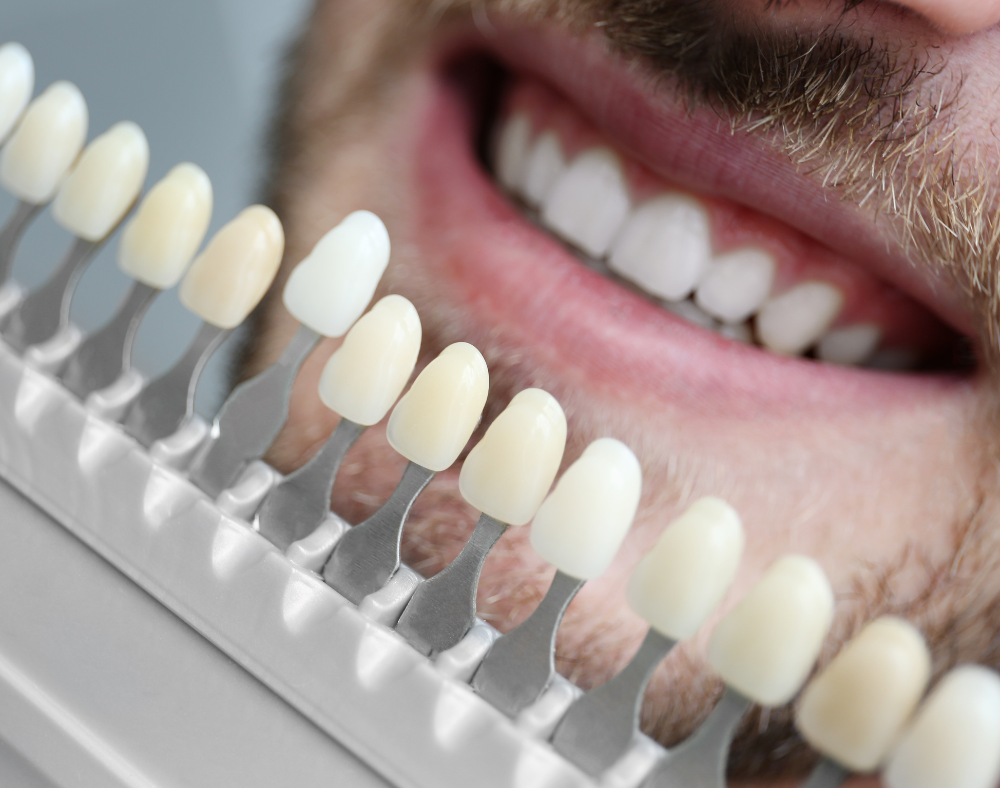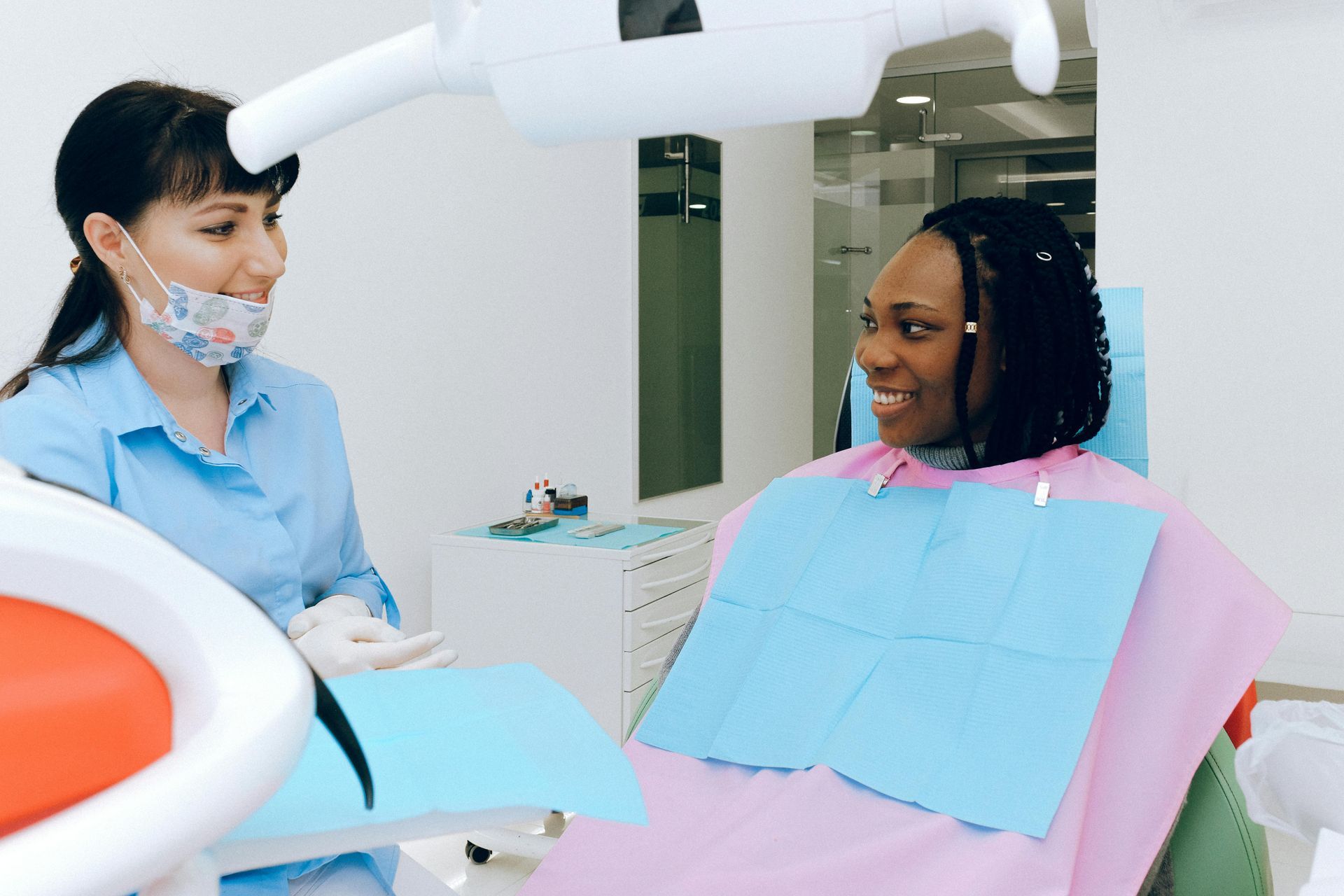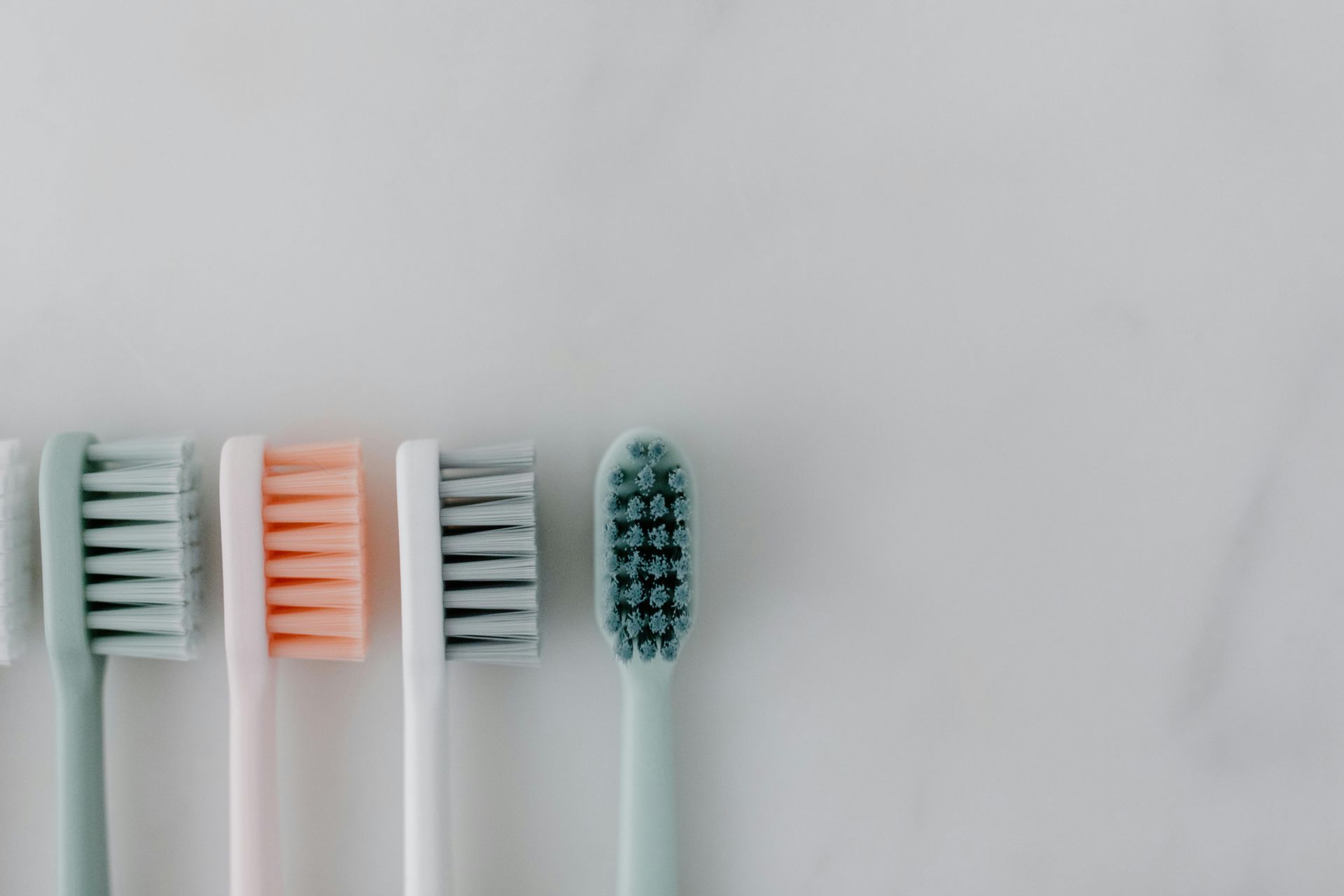Why should I get dental x-rays?
Why should I get dental x-rays?
Well, I hope to demonstrate the value that routine x-rays provide for you and address the primary objections patients bring up.
Here’s a sad example from my own practice.

19 year old patient. There are cavities and one tooth that probably needs a crown - total cost about $2500. Patient only had one filling done on the worst tooth, ignored the rest and didn’t come back for 1.5 years.

Same area about 1.5 years later. About $8000 worth of damage now.
The same patient returned about 1.5 years later. Still no pain but noticed some breaking of some of the teeth. Cost of repairing damage now is about $8000 and many more appointments. One tooth might even need to be pulled because the decay is so bad.
In the above picture look at the colors.
- Green arrow - this is a very small early cavity. It is actually so small that no drilling needs to be done. However, it does need to be ADDRESSED. This is usually a discussion with the patient - “Hey, there’s a small cavity that can be reversed at this stage. You need to floss/change your diet/use fluoride…..” I’d probably also want to take x-rays a bit more often here so that if it DOES progress we can fill it quickly.
- Yellow arrows - moderate sized cavities. Once decay moves through the enamel into the dentin the tooth needs a filling. But a small filling is much less expensive and invasive than a crown, root canal, or extraction.
- Red circles - advanced decay. The bottom tooth will likely need a root canal and a crown, the top tooth has decay below the gumline so it needs a minimum of root canal and crown or maybe just extract and place a bridge or implant.
In my practice I strive for a “minimally invasive” ethos. What this means to me is I’d like to preserve and protect your own natural tooth structure as much as I can.
In the example above, the only cavities that were visible to the naked eye were the ones with red outlines, which is pretty typical.
So if you wait to take x-rays until something hurts or is visible you are taking a pretty big risk. An actual toothache as an adult will likely be EXPENSIVE. When we are able to take films regularly we are more likely to catch problems while they’re small.
Financial Risk
Let’s try and quantify some of the financial risk related to cavities based on my current (2025) fees:
- Bitewing x-rays - $99, no extra visits - done once a year at your cleaning
- In-office fluoride treatment (help reverse early cavities like the green one) - $47 (no extra visits)
- 2 surface filling (like the cavities with yellow arrows would need) - $347 (one extra appointment)
- Root canal/build-up/crown - ~$4000 (2-3 appointments)
- Implant or bridge to replace a missing tooth - ~$7000 (4-6 appointments over 3-8 months)
Remember even if you have insurance it is unlikely they will pay more than $1500 total per year. Dental insurance coverage has deteriorated in real terms over the past 30-40 years, that’s another whole post.
Radiation Avoidance
Fact
- we experience radiation on a daily basis from a variety of sources, primarily from our sun and other cosmic sources. However, there are other sources as well, such as radon which sometimes accumulates in basements and even some foods we eat. X-ray exposures are usually measured in a unit called microsieverts (abbreviation uSv). Here is a sample of some common life events and the amount of radiation from each:
Amount (uSv)
Event
2,000,000 Radiation therapy for cancers (very restricted area of the body, though)
100,000 Lowest annual dose where increased lifetime risk of cancer is detected.
50,000 Max annual dosage permitted for US radiation workers
35,000 Annual dose from smoking 1.5 packs/day of cigarettes.
25,000 PET/CT scan (cancer detecting x-ray)
10,000 Average medical CT scan
3,000 Typical annual background radiation in the US (varies wildly)
1,000 Average chest x-ray
400 Mammogram (once a year or every other year)
200 Dental CT scan (not routine)
100 Full mouth or panoramic dental x-rays (once every 3-5 years)
70 Living in a stone, brick, or cement building per year
30 Flight to Europe
5 Dental (bitewing) x-rays (annual)
0.1 Eating a banana / airport security scanner
I strive to take as FEW x-rays as possible to adequately monitor the health of your teeth and mouth. Typical is 4 bitewings of the back teeth and a couple of extra films of the front teeth once a year. These annual x-rays are basically to look for cavities as discussed above.
Pathology Risk
However, there can be OTHER problems besides cavities that also can cause big problems. Things like infections in teeth, chronic gum disease, cancer and cysts. So every 3-5 years we like to get a more complete oral survey. This can be either 18-20 films taken inside the mouth to cover all parts of all the teeth OR a panoramic x-ray (machine that spins around your head). Both surveys have their pros and cons, in our office we usually alternate one to the other when a new survey is due.
A few years ago I discovered a giant cyst in a patient’s jaw from a deeply buried wisdom tooth that had never been extracted. The jaw was so weakened by the cyst that it was very close to breaking from normal chewing - the patient had NO SYMPTOMS at all. Oral surgery was able to remove the cyst and regrow almost all of the bone, but if it had broken the patient would have likely required a large block of the jaw to be removed and replaced with plates and rods.
These kinds of problems are pretty uncommon, but we have no ability to find them if we don’t periodically get a view of the area. See a few x-rays below for examples of things that don’t hurt but can be a problem, all were taken in my office.
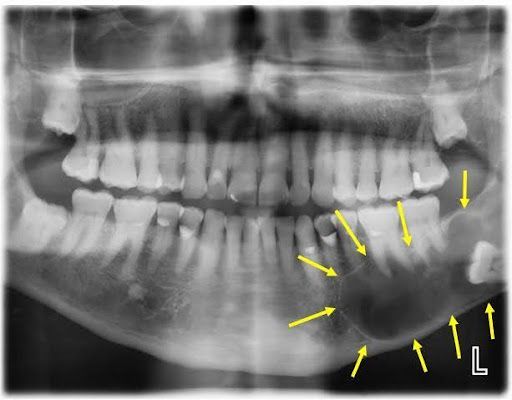
Giant cyst in a 70 year old patient from a wisdom tooth that was never removed. Not painful, no visible changes in the mouth. Jaw almost broke it was so weakened.
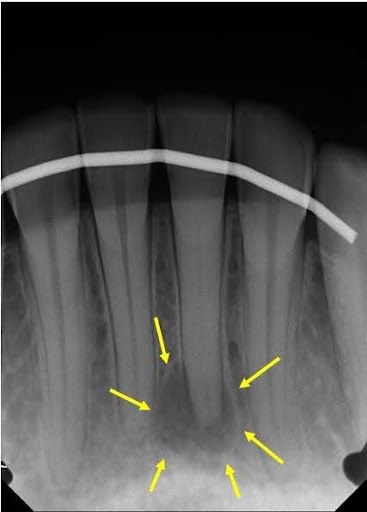
22 yo patient - bottom front tooth. No pain. This is an abscess from a dead nerve, maybe from an earlier trauma. Root canal saved the tooth.
